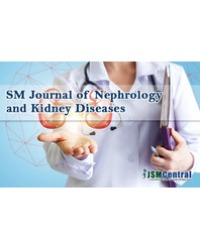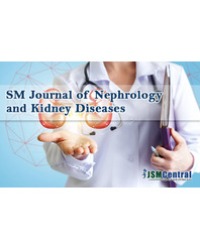
Acute Kidney Injury Associated With Simultaneous Mitral and Aortic Valve Endocarditis, Atrial Fibrillation and Acute Limb Ischemia
Patients with endocarditis may have various forms of renal impairment; the most commonly encountered being bacterial infection-associated glomerulonephritis and renal infarction by septic emboli.
This is the case of a 68-years-old patient who presented with acute left upper limb ischemia and right lumbar pain. The history revealed acute rheumatic fever in childhood with cardiac involvement (mitral and aortic valve disease, permanent atrial fibrillation), chronic kidney disease and multiple episodes of acute right upper limb ischemia (despite adequate oral anticoagulation) treated conservatively. Thromboendarterectomy was performed in the vascular surgery department. Afterwards the patient was transferred to the nephrology department due to the suspicion of renal infarction. The raising creatinine indicated an acute kidney injury on top of the chronic kidney disease. Transesophageal echocardiography identified images suggestive of vegetation on mitral and aortic valves, spontaneous contrast in the left atrium but without intracavitary thrombosis, fissured atheromatous plaque on the ascending thoracic aorta. As possible causes of renal impairment were considered: renal infarction by thromboemboli originating in the left atrium or by septic emboli from valve vegetation, endocarditis-associated Glomerulonephritis and renal atheroembolism. Renal scintigraphy provided no useful information. Computed tomography without contrast did not reveal areas of renal infarction. The patient refused both Computed tomography angiography (for fear of contrast nephrotoxicity) and valve replacement surgery. Clinical evolution was stationary under antibiotherapy (for endocarditis), high dose statin, besides the previously prescribed treatment with oral anticoagulants, beta blockers, angiotensin converting enzyme inhibitors, dihydropyridine, calcium channel blockers digitalis.
Diana Ramona Dragomir¹ and Dorin Dragoș¹˒²*




